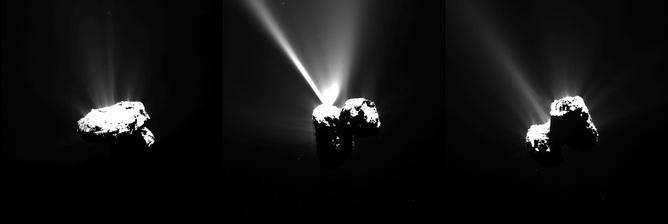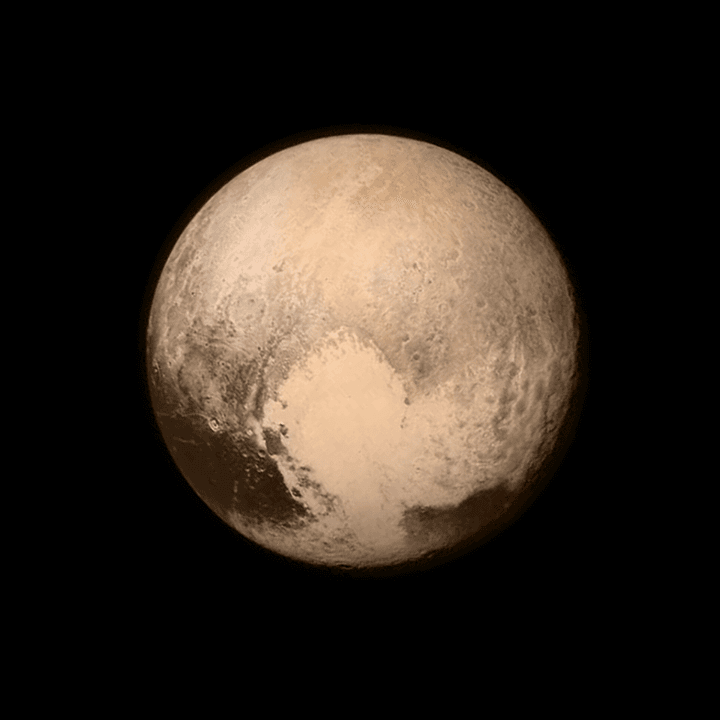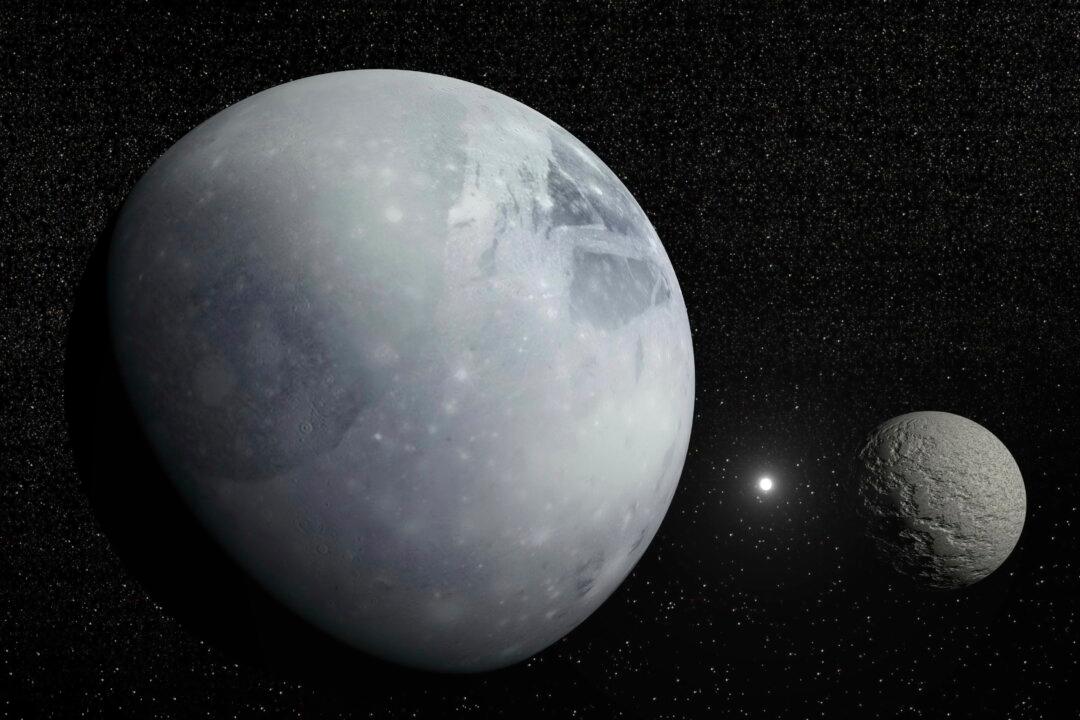The first results on comet 67P Churyumov-Gerasimenko obtained by instruments on-board the Rosetta spacecraft have been announced – and they are, literally and figuratively, a deluge of information!
Over the past few months, the navigation cameras have provided us with amazing pictures of the surface of comet 67P. As the Rosetta spacecraft approached, the nucleus was revealed in increasing detail, as having a complex landscape of craters and plains, intersected by canyons and crevasses. Interest focused on the Philae lander and whether or not it would land safely on this hazardous surface.
Meanwhile, patiently and systematically, almost a dozen scientific instruments on the mother-craft were busy acquiring data on the temperature and density of the cometary nucleus, the gas and dust streaming away from it, its radio and plasma environment and the variation in composition of its surface. Many of these data were used to build up a picture of 67P, so that its rotation and gravitational pull could be calculated more accurately to enable Philae’s landing site to be pinpointed with greater precision.
As we saw in November, thanks to the Rosetta data, Philae touched down exactly where it was predicted to arrive. It was technical problems with the thruster and harpoons that caused the lander to go astray.





